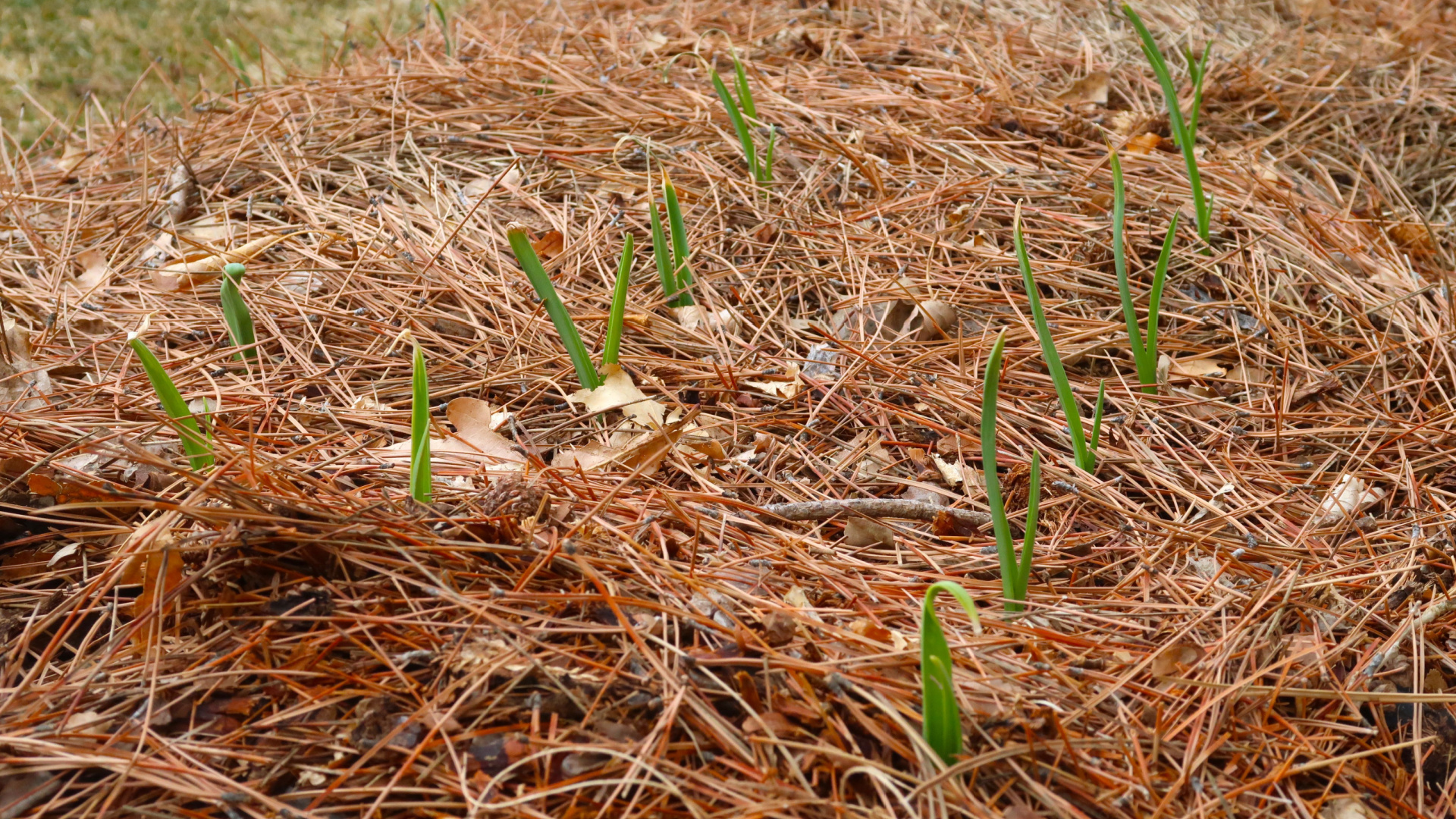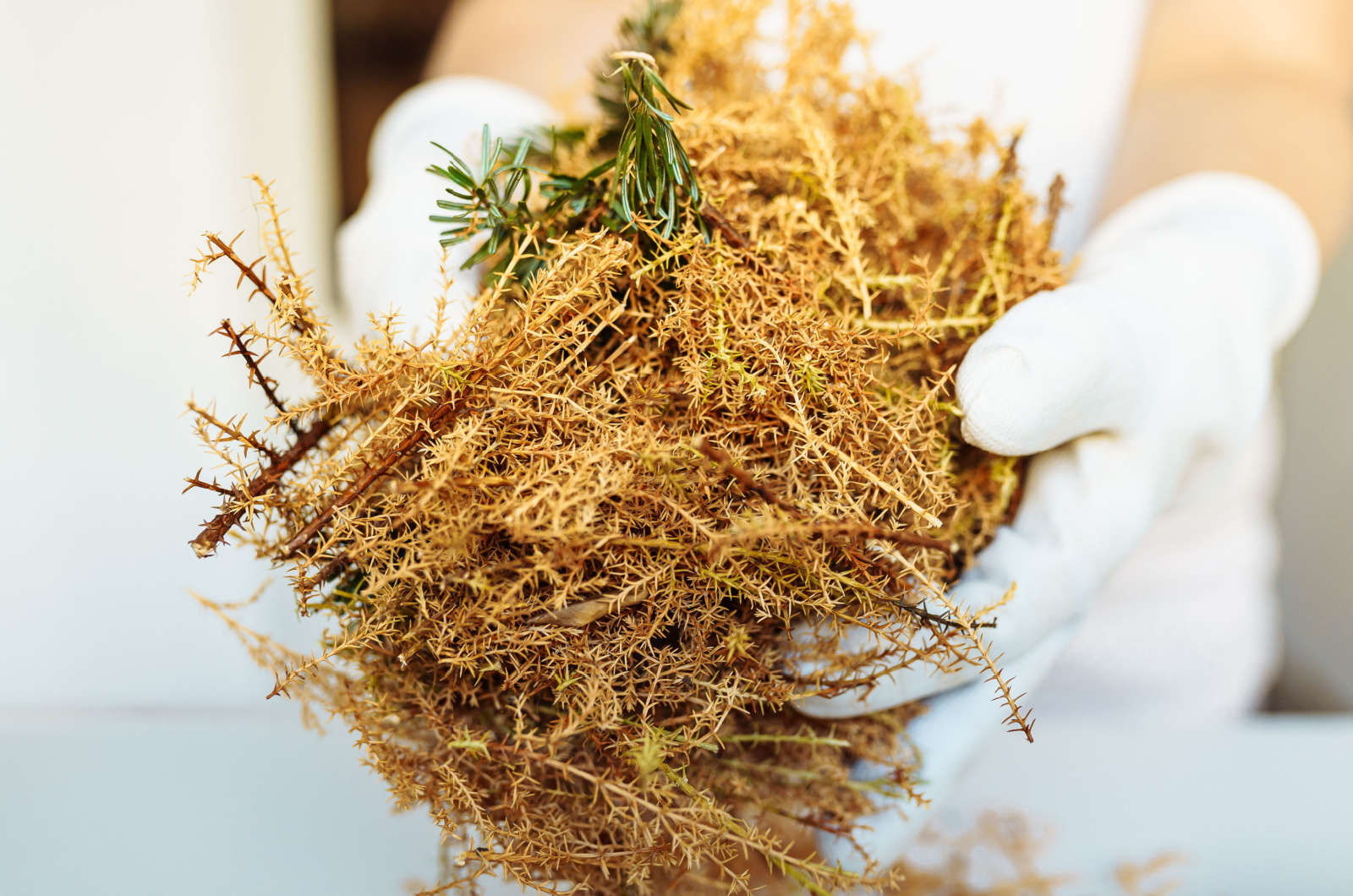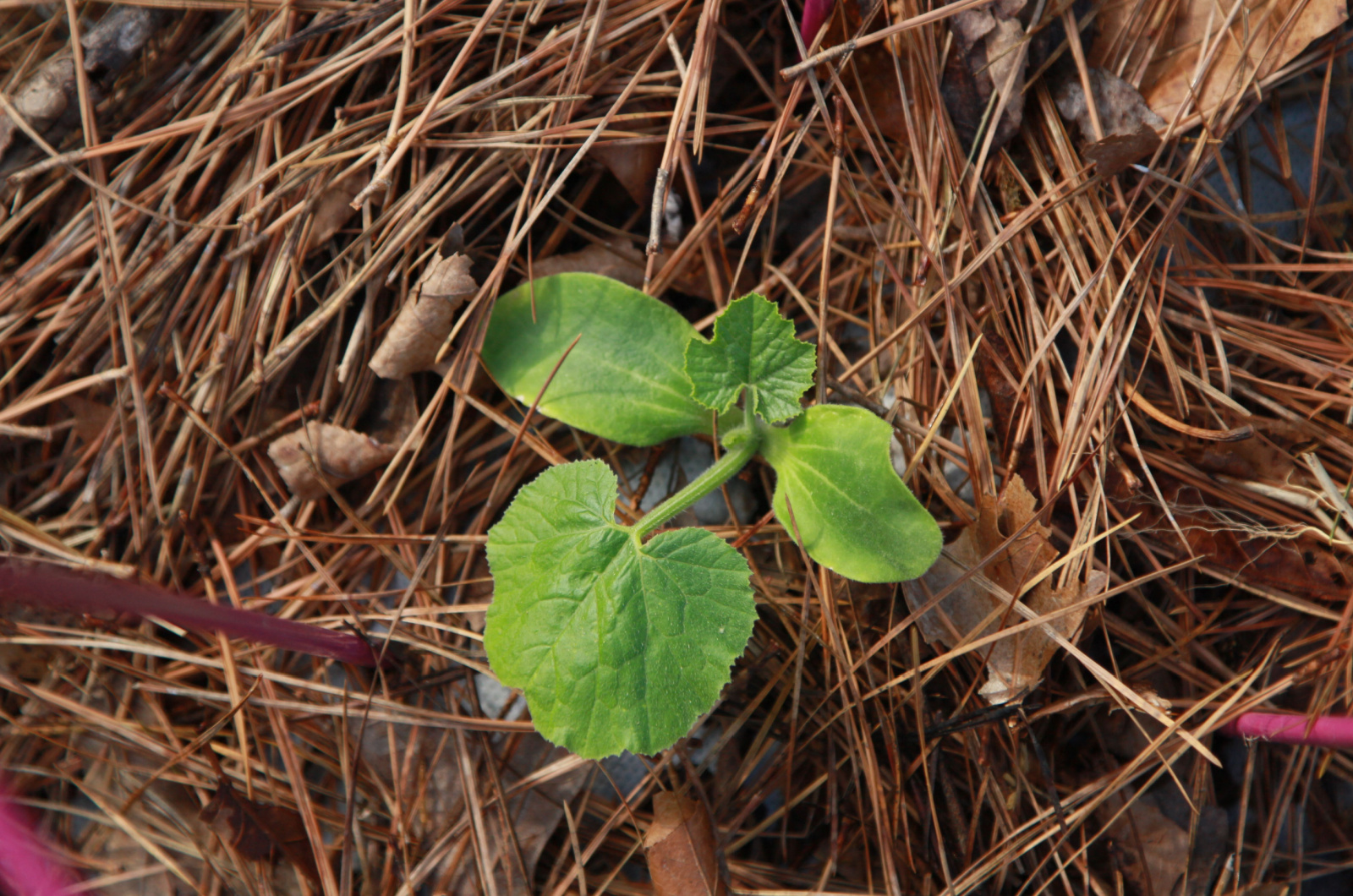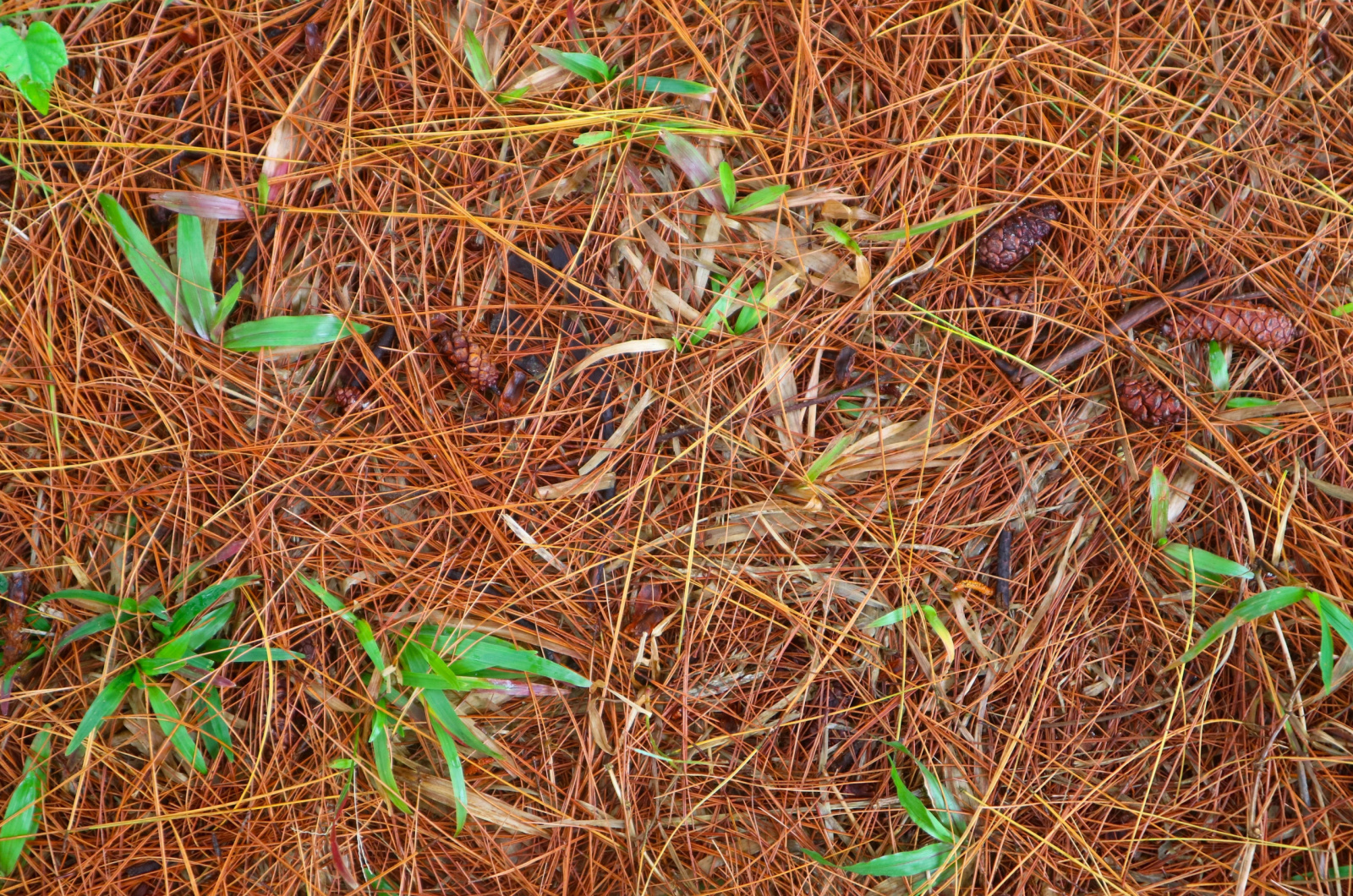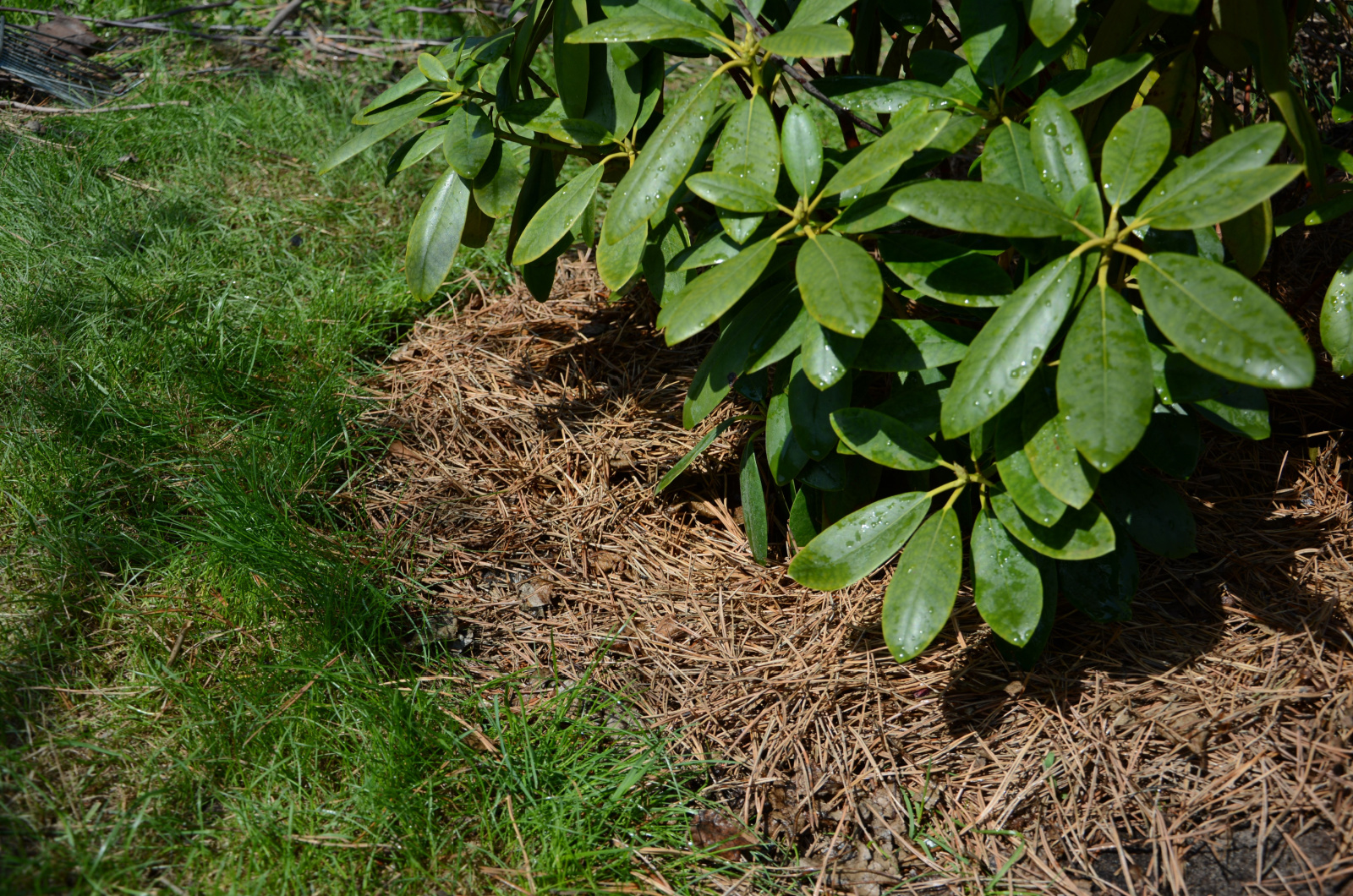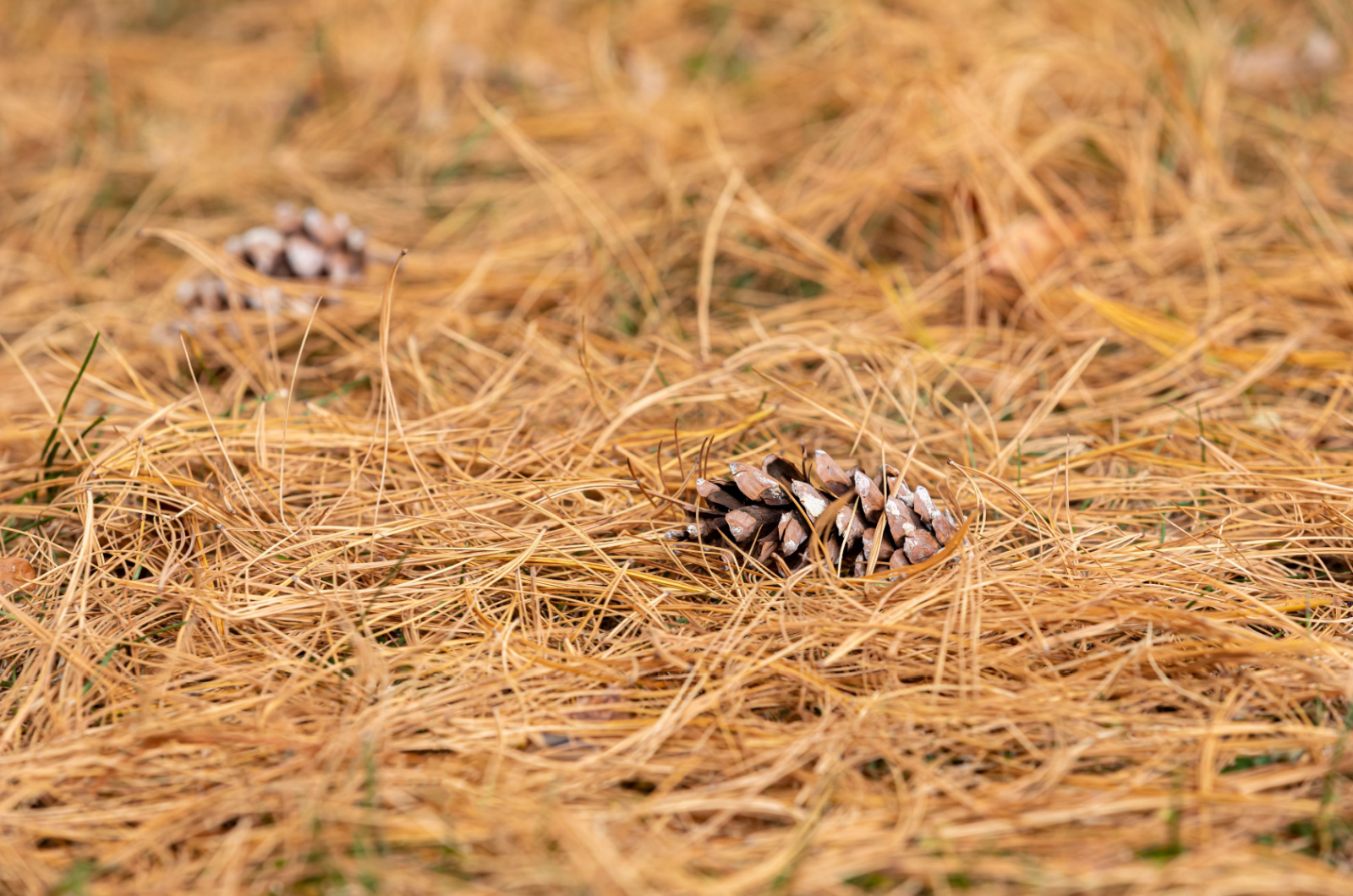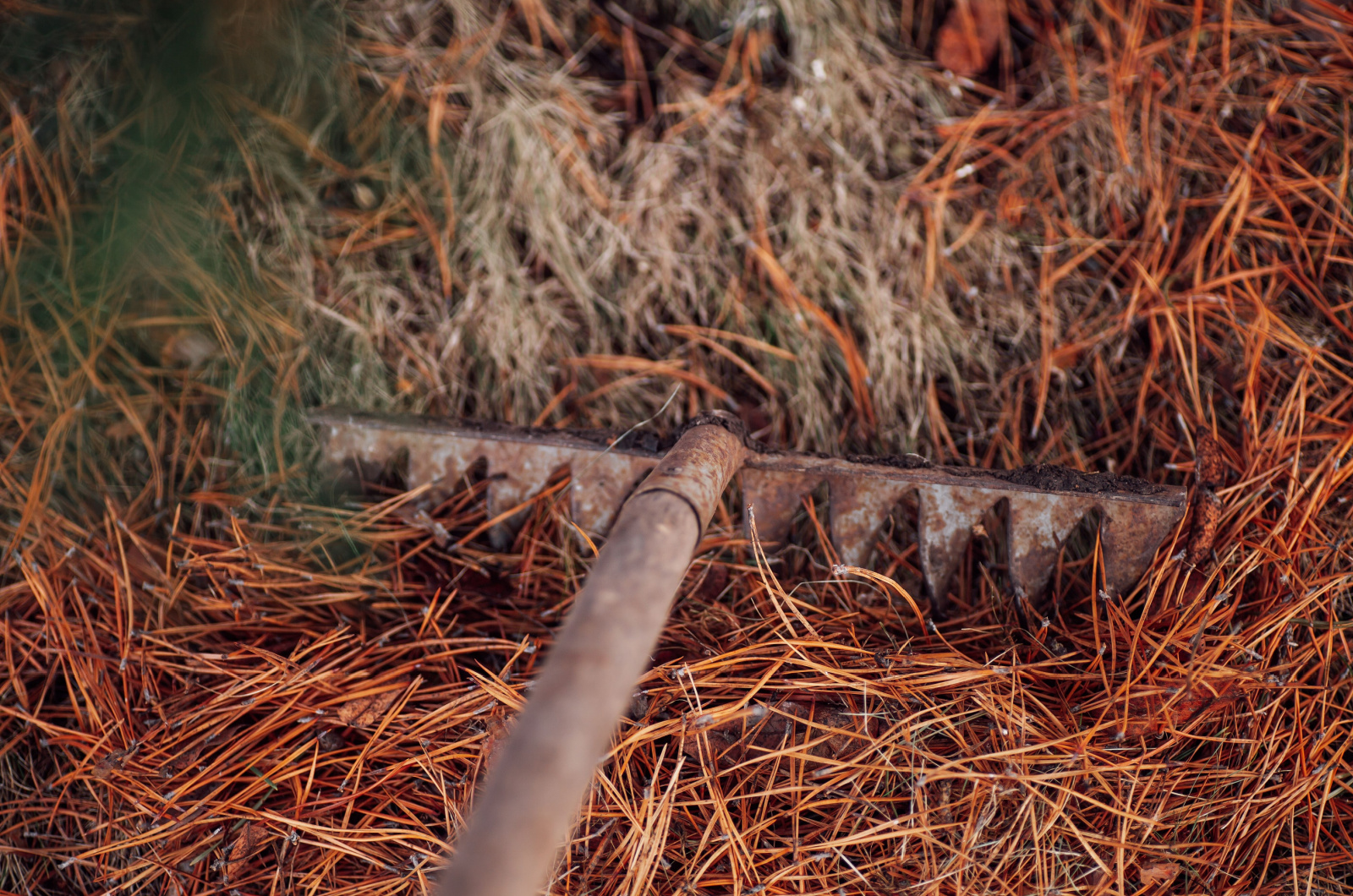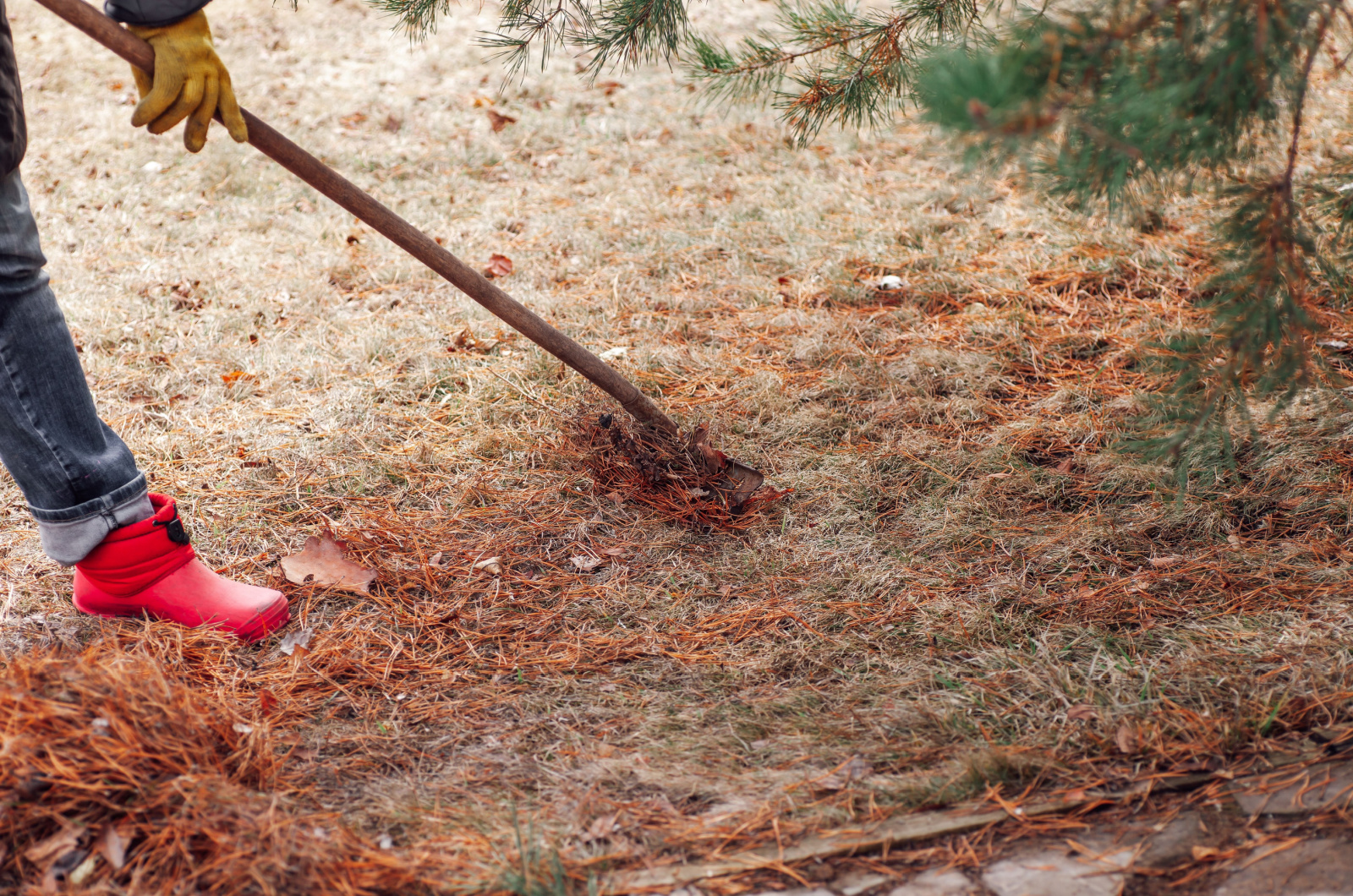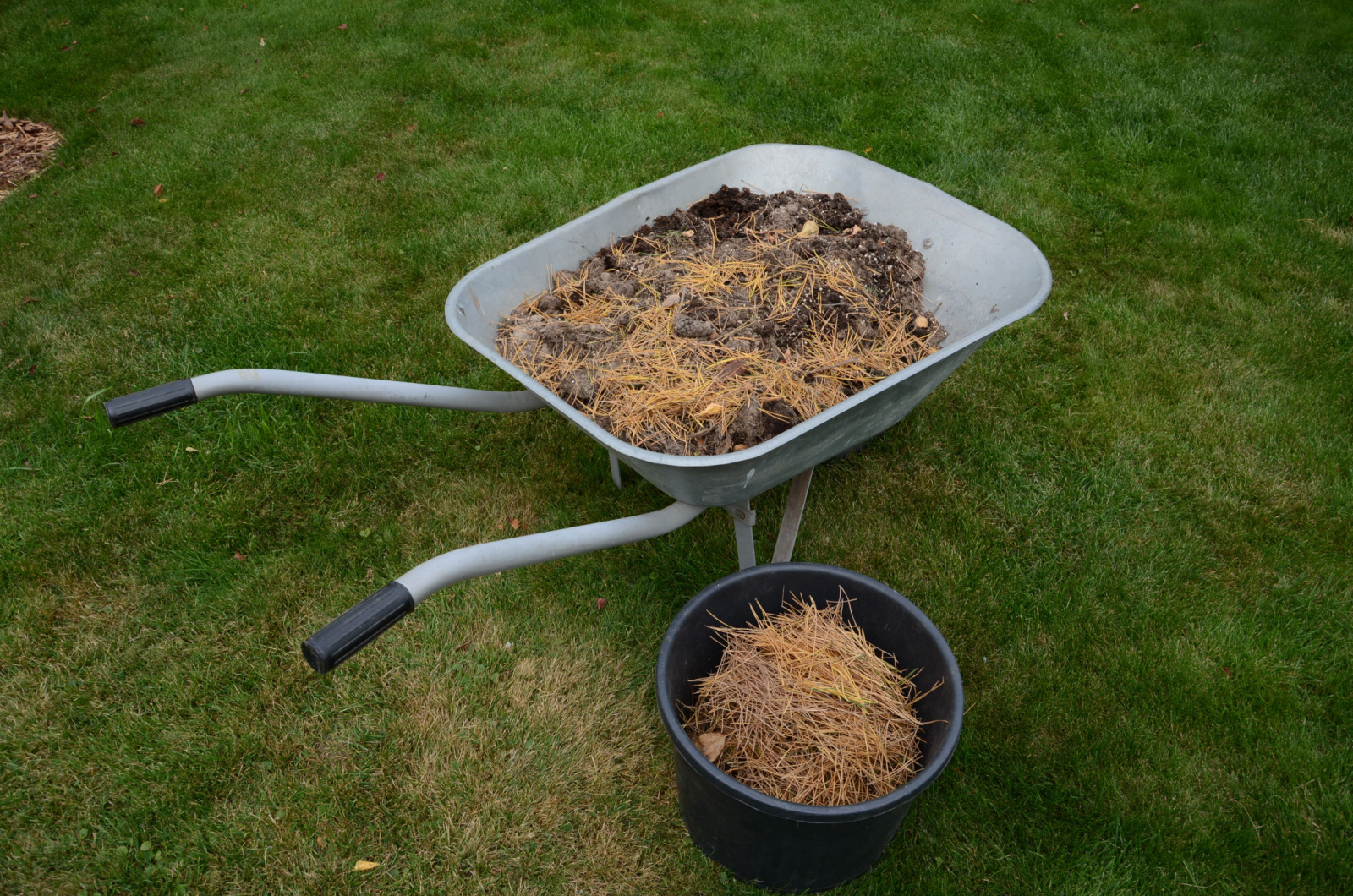I’m always in search of new mulching materials! Wood chips are amazing, but what if you don’t have those at hand?
You can use all sorts of other organic mulches in their stead, including pine needles. This inexpensive material will bring you all the benefits of other mulches.
Here’s everything you need to know about using pine needles as mulch, their pros and cons, effect on growing medium, and the best application method.
Let’s get started!
Short Answer
There isn’t just one best mulch for vegetable gardens and other places. There’s a time and place for almost every material available.
When it comes to pine needles, though, they make an excellent mulching material, especially if you need to acidify your growing medium a bit.
They will reduce weed growth, conserve soil moisture, help with temperature regulation, etc.
An added bonus is that they break down slowly, so you won’t have to apply pine-needle mulch more than once a year.
Long Answer
Pine needles are an excellent mulching material in most landscapes. Here are some factors to help you determine whether yours is one of them!
Advantages
Pine needles are an excellent mulching material for potted plants as well as in-ground ones. They don’t break as fast as other types, so you only need to apply them once a year.
Just like any other mulch, pine needles will enrich your soil with nutrients and organic content. And they’ll help you reduce waste since you won’t need to invest in landscaping fabric and other plastic mulches!
Their fluffy and light texture is another plus. They won’t compact like wood chips, leaves, and other mulches when wet. There’s no dense mat that reduces air circulation and keeps the soil wet for too long. Instead, water and air can flow freely.
On the other hand, pine needles can still reduce water loss caused by evaporation and reduce the need for watering. That’s how they can save you quite a few bucks!
Also, they are quite inexpensive, especially if you live in a region with a lot of pine trees.
And just like any other type of mulch, pine needles can reduce soil erosion, regulate soil temperature, reduce weed growth, encourage your garden’s microbiome, and decrease the risk of runoff.
Pretty amazing!
Disadvantages
One of the main downsides of pine needle mulch is its unavailability in areas where pine trees aren’t that common. If you live in a region surrounded by deciduous trees, pine needles may be hard to come by.
In this case, you can make your own leaf mulch. You’ll cut down your waste and enhance the fertility of your growing medium.
Another drawback may be the red-brown or washed-out color. I personally love it, but many gardeners don’t see it fit into their design.
Effect On Soil pH
You may have heard that pine needles can make the growing medium more acidic, but is this really true?
According to the University of New Hampshire, pine needles do not possess the ability to acidify the soil. (1)
While they are acidic themselves, microbes break them down and neutralize their acidity. That means you can safely add them to your compost or use them as mulch all around your garden, not just for your acid-loving plants.
Research from Washington State University proved this. They composted whole and shredded pine needles from the same and the previous year. The results showed that all the created compost was almost neutral in pH. (2)
Choosing The Type Of Pine Needles
The good news is that you can use all types of pine needles for mulching. The only real difference is their appearance.
For instance, ponderosa, red, and white pines have long needles, while Jack and shortleaf pines have shorter ones.
They all have similar texture and composition. The only reason why someone might choose long needles is because they are easier to collect.
The best part about obtaining pine needles is that you don’t have to cut down or shake branches. Though evergreen, pines will still shed their old needles and replace them with new ones.
Fallen needles will gather beneath the tree and all you have to do is take the rake and collect them.
Once you do this, move them to the desired location and spread them all over your garden.
How To Apply Pine Needle Mulch
Using too much mulch is not a good idea, and the same goes for pine needles. In general, 2-3 inches of pine needles is more than enough to act as mulch and protect and nurture your plants.
The good news is that you can apply pine straw whenever you want. But if I had to choose the best time for using pine needles, I’d say it is in spring. Applying mulch at this time will suppress new weeds from emerging.
And since it breaks down slowly, there will be more than enough to regulate soil temperature during summer and winter.
It’s better to spread pine straw after you plant your flowers and vegetables. That way, you won’t have to push it back when putting your green buddies in the ground. Of course, nothing is stopping you from mulching your garden first, followed by planting.
Whichever option you choose, know that you only need 2-3 inches for your plants to thrive. This density will regulate soil moisture and temperature as well as put an end to weeds emerging.
Spread it with your hands or a hay fork, and that’s it! If you follow these tips, you’ll only need to reapply pine needles once a year. Neat, isn’t it?
P.S. If you’ve purchased bales, know that one is enough to cover 40 sq ft.
Final Thoughts
If you live in a region surrounded by pine trees, go ahead and use their fallen needles as mulch. They’re not expensive and have all the advantages of other types of organic mulches.
Don’t be afraid of pine straw! It CAN’T acidify the soil! Your plants will be fine, trust me!
References:
1. Ask UNH Extension (2019). Do pine trees and pine needles make soil more acidic?. UNH Extension.
2. McConnell, S. & Kohlhauff, T. (2015). Ponderosa Pine Needles: Techniques for Successful Composting. Forest Stewardship Notes.

